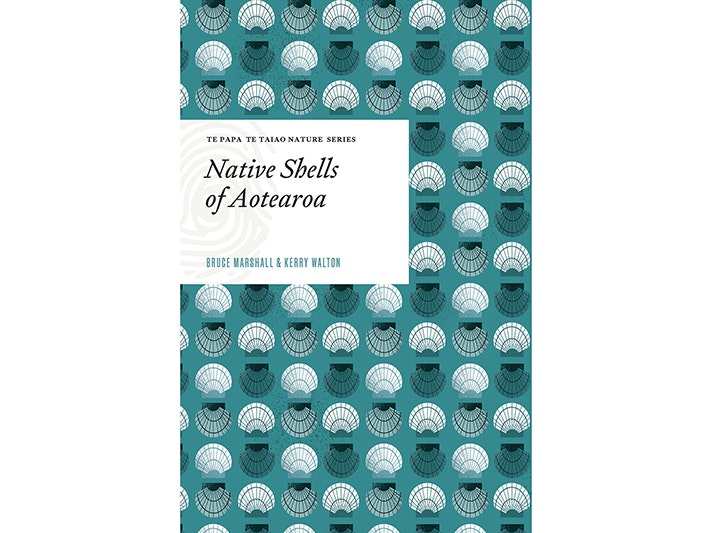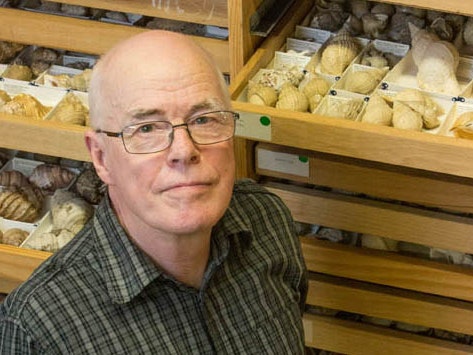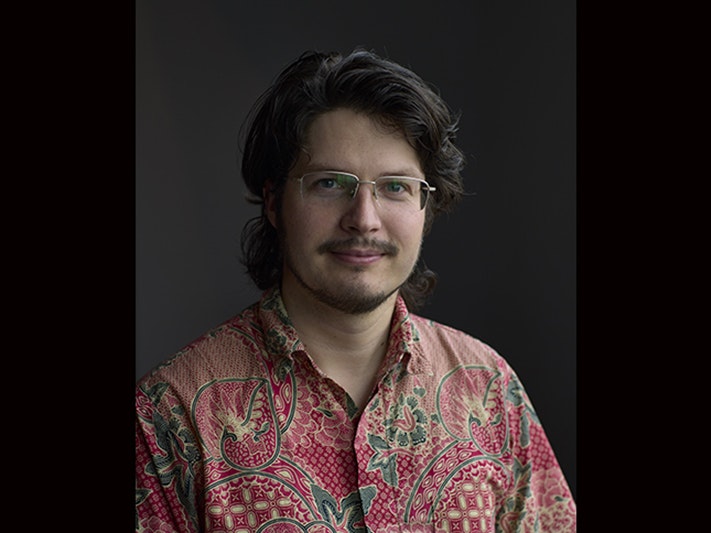
Te Papa Te Taiao Nature Series: Native Shells of Aotearoa
A handy introduction to the unique shells of Aotearoa New Zealand, for the backyard, bach and backpack.
Free museum entry for New Zealanders and people living in New Zealand
Open every day 10am-6pm
(except Christmas Day)
Free museum entry for New Zealanders and people living in New Zealand
Kerry Walton and Bruce Marshal discuss Native Shells of Aotearoa with Te Papa Press.
Bruce Marshall is a malacologist (shell expert) who has worked at Te Papa, and the previous National Museum, since 1976. As collection manager of molluscs, Bruce was responsible for a vast collection of several million specimens representing more than 4,700 species from Aotearoa.
Kerry Walton is an invertebrate curator at Te Papa. His research focuses on understanding the distributions of mollusc species, how these species differ, and how their differences came to be through evolution and dispersal.
Right: Bruce Marshall; left: Kerry Walton. Photos by Yoan Jolly. Te Papa
KW: The shells are formed by a soft tissue structure called the mantle. Carbonate is absorbed from the mollusc’s environment and is secreted, along with various proteins to hold it all together, into the diverse shell-forms we see today.
KW and BM: It was tricky deciding which species to include. We wanted to cover most common species that readers are likely to encounter, and we wanted to include most of the species that were covered in earlier similar books. Many small species missed the cut, unfortunately, as they are easily overlooked by most fossickers, despite representing the majority of the fauna!
KW: I have a soft spot for the giant land-snails of Aotearoa, represented in this book by Powelliphanta hochstetteri, Paryphanta busbyi and Maoristylus hongii. Many of these large land-snail species are vulnerable to predators. Most of them are quite difficult to find these days. Thankfully, they are legally protected and predator-control efforts are in place to help many of their populations.
BM: Cantharidus opalus (the opal top shell). The specimen illustrated in the book was designated by me as the neotype of the species, i.e., the single physical specimen upon which the Latin name is based, in the absence of the original Cook expedition shell, which is long lost or unrecognised.
KW: The bioluminescence of Latia neritoides would be one of the most unusual traits of species covered by the book. However, perhaps the ‘violet snails’ (Janthina spp.) would be the most unusual – they are strikingly beautiful, and they form a raft out of bubbles with which they float on the surface hunting for protozoan jellyfish.
KW: Using DNA sequencing, we recently discovered that some of the populations of virgin pāua from northern Aotearoa were actually quite different to those from the rest of the country. We are working with iwi to better understand how these populations are related to one another.
BM: Although I am constantly recognising new species from our fauna, particularly exciting was the recent discovery of a new species of limpet living upon and eating the baleen of a decaying whale from the deep-sea floor off the Chatham Islands.
KW: The simplicity and elegance of the nearly symmetrical cephalopod shells Spirula spirula and Argonauta nodosus resemble fine marble sculptures. But it is very hard to choose! The wentletrap shell Cirsotrema zelebori might make this list for the same reason, or one might consider the beauty of a pāua shell, or bright colours of a fan scallop or violet snail . . .
KW: Yes – Aotearoa has over 1500 land-snail species, although most of them are very small. Some grow no larger than a pinhead. Collecting land-snails is much trickier as most public land would require permits to collect on, and most of the larger land-snails are legally protected as well.
KW: I recently joined a major international expedition to New Caledonia, where a large team of scientists worked to uncover the diversity of the lagoon and barrier reefs near to where we were staying. I enjoyed contrasting the similar fauna of our northern Zealandian neighbour.
KW: Terrestrial species are vulnerable to introduced predators and competitor species. Marine species are impacted by sedimentation and nutrient run-off from land-use changes, as well as direct exploitation or crushing by trawl and dredge-based fisheries or seabed mining activities. Climate change will exacerbate many of the stressors our molluscs are presently experiencing, as well as potentially fuelling increased competition by allowing additional species to survive in Aotearoa’s waters, greater droughts are impacting terrestrial systems.
KW: I hope this book will be a starting point for many conversations and a greater interest in the natural history and science of Aotearoa.

A handy introduction to the unique shells of Aotearoa New Zealand, for the backyard, bach and backpack.

